Hard Skin or Shoes Causing Pain? The Solution is Simple!
As the weather cools down, we start to see a big change in footwear. For some that means pain.
Tight boots, or last years shoes that may now be a little worn…
As we come into these colder months podiatrists see an increase in painful corns and callous, it isn’t always your shoes need changing, sometimes it’s just a little TLC for your feet.
What is callous?
Callous or hyperkeratosis is the superficial formation of hard skin found at locations of high pressure or friction.
Common sites for callous formation is: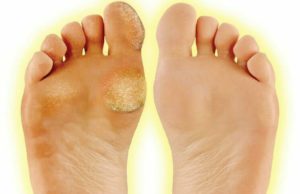
- Under the forefoot
- The heel
- On the joints of toes
- The tips of the toes
- Inside the spaces between the toes
If left untreated, callouses will eventually cause considerable pain and discomfort, forcing people to compensate or hesitate to weight bear when walking, running or even simply wearing footwear.
What is a corn?
A corn, alternatively known as a heloma durum is a formation hyperkeratosis (callous) in a more compact and localised area that protrudes into the tissue. It gets the name “corn” by its most common shape, a well-defined, cylindrical or cone shaped piece of hard skin.
“A corn can often feel like a stone is stuck in the foot.”
Corns are also generally found in areas of high pressure and friction and are just as painful as superficial callous formation. Like superficial callous, corns may lead to ulceration and potentially infection if left untreated.
“Corns and callous may cause tissue breakdown, which in turn may lead to ulceration. This is of great concern with those suffering from Diabetes!”
What to look out for:
Areas of irritation such redness, pain or blistering, small tiny dark dots or mild haemorrhaging (bruising) may be visible under the skin which indicates tissue breakdown.
Ill-fitting footwear: coming into the colder seasons we tend to wear closed-in shoes more often, which in can increase and prolong trauma to the feet. Additionally, you need to ensure that you have the correct fit. Shoes that are too big will have your feet moving around excessively, increasing friction to pressure sites.
Poor foot mechanics: if you are not pushing of your feet in the appropriate areas callous and corns can be the first indication to your podiatrist that something is going wrong. The presence of abnormal corns and callous can indicate to a podiatrist that there may be something abnormal happening with the foot. For example, excessive pronation or supination, increased rigidity, abnormal joint range of motion or mechanics or even reductions in fat pad thickness that may need attention.
Treatment
Corns and callouses require professional removal, debridement and/or offloading.
Unfortunately because corns and callouses develop due to pressure, they usually return which means patients require regular treatment and monitoring under podiatric care.
“Regular treatment can keep your feet looking and feeling great!”
In cases in which offloading is required, you may have to undergo a biomechanical assessment. After a biomechnical assessment your podiatrist should be able to diagnose the causative factor as to why these corns and callouses are developing and discuss with you your available options for long-term care.
We understand that footwear is very important to us all, so we do not want to dictate or restrict your footwear preference. However, you may simply need to add some more appropriate footwear selections to your collection. This wat you may fluctuate between each pair, giving your feet a rest from constant pressure or friction.
Orthotics can help realign and redistribute pressures away from those troublesome areas and/or get you using those feet how they were intended to be used reducing abnormal high pressure areas. Additionally, deflective pads or rubbers may be added to your orthotics, or the insides of your shoes to help minimize or redistribute pressure.
If you are suffering from foot pain, if your shoes are causing pain, or if you feel like you are walking with a stone stuck in your foot CLICK HERE to make an appointment with one of our trusted podiatrists and have it dealt with straight away! Or alternatively, call (02) 9387 1545 to speak to our friendly staff.
You don’t need to be walking in pain and it is actually an easy fix!



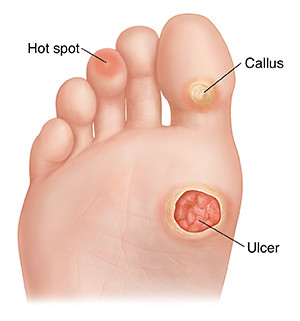
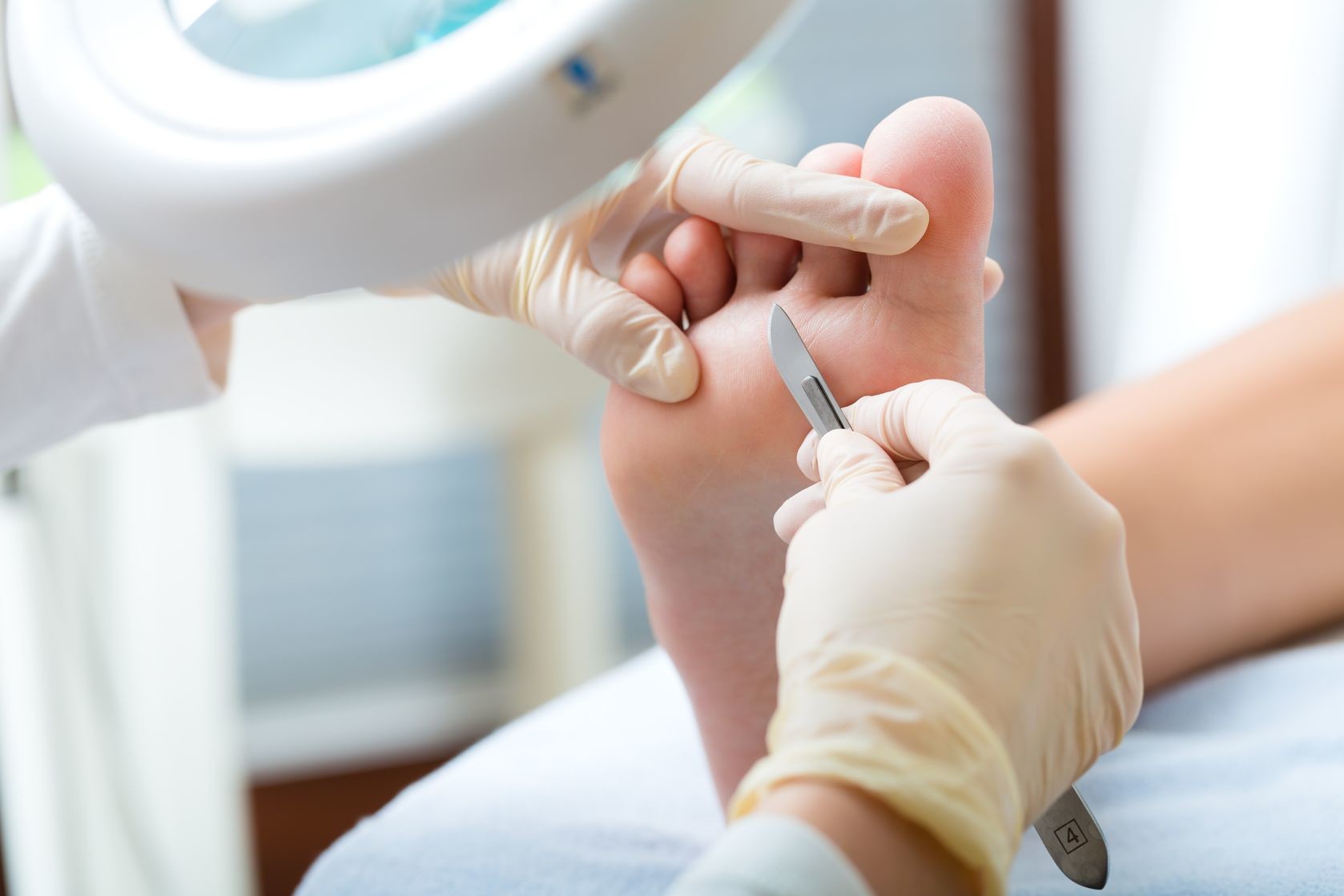
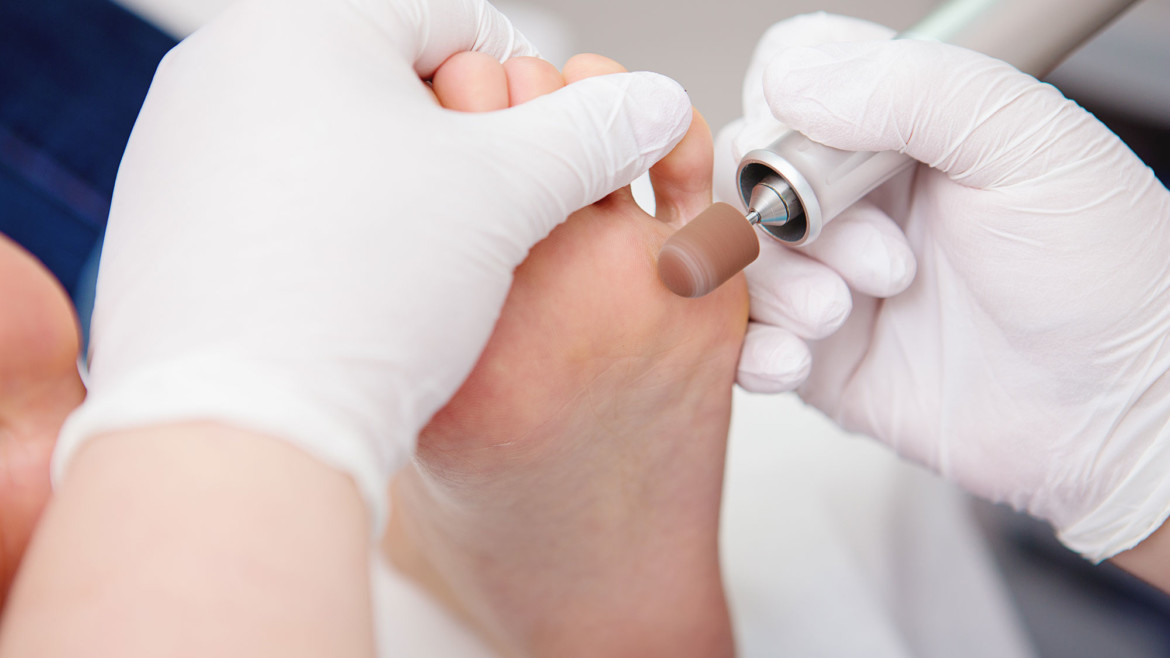
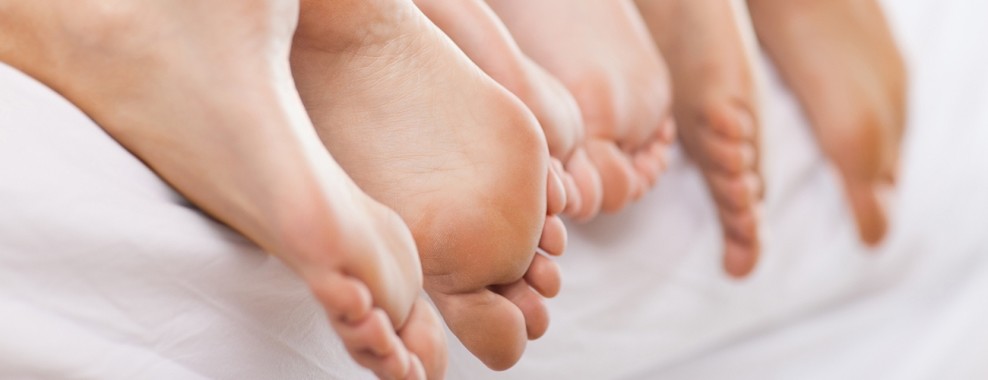



I like that you talked about orthotics and how they would be able to realign and redistribute the pressure from areas that are troubling us when we walk. I think this is what I need, because I have always had issues with my left foot which kept me from being able to jog comfortably. So I hope to find a podiatry professional tomorrow to finally get the needed tools I can use to have a more active lifestyle now that I am in my 30s.
ReplyI love that it explains foot problems, their causes, and preventions. It helps us to understand how foot problem occurs. For more information about Foot corn, you can read this blog post
Replycalgarypodiatry.ca/foot-corns/
I love that it explains foot problems, their causes, and preventions. It helps us to understand how foot problem occurs. For more information about Foot corn, you can read this blog post.
https://calgarypodiatry.ca/
ReplyI find it interesting when you said that there would be biomechanical assessments that podiatrists will do which can help tell what is causing the callouses and corms that you might have. My aunt should definitely see one because she has this issue with her right foot. It’s interesting that her left foot doesn’t have callouses, so there might really be an underlying issue that has to be checked and addressed specifically.
ReplyThank you for sharing this insightful and well-written blog post. Your expertise on the subject was evident, and I appreciated the way you presented complex ideas in a clear and concise manner. To learn more about this subject, https://sites.google.com/view/shopping-anything-01/home click here
ReplyThis skin product has given me the confidence to go makeup-free. It has reduced the appearance of my pores, and my skin looks radiant and even-toned. <a href="https://www.digistore24.com/redir/431152/Barman720/" target="_blank">click here</a> to unveil your natural beauty!
Reply